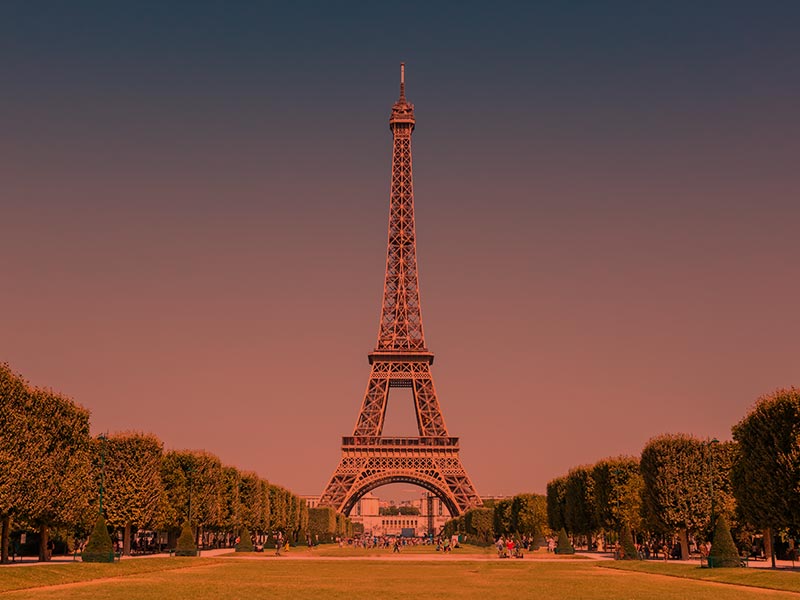One of the most iconic landmarks in the world, the Eiffel Tower, has an interesting quirk that many people don’t know about—it actually grows taller in the summer. Due to thermal expansion, the iron structure can increase in height by up to 6 inches (15 centimeters) when the weather is warm.
Thermal expansion is a phenomenon that occurs when materials expand as they heat up. In the case of the Eiffel Tower, which is made of iron, the metal reacts to the summer heat by expanding slightly. The higher the temperature, the more the metal expands. When the weather cools down in the winter, the tower contracts and returns to its original height.
This expansion and contraction are perfectly normal and do not affect the structural integrity of the tower. Engineers designed the Eiffel Tower with this in mind, ensuring that it can withstand both the thermal expansion of hot summers and the contraction of cold winters. In fact, this flexibility is one of the reasons why the Eiffel Tower has stood the test of time since its completion in 1889.
The Eiffel Tower’s ability to “grow” with the heat isn’t its only engineering marvel. At the time of its construction, the tower was the tallest man-made structure in the world, standing at 1,083 feet (330 meters) tall. It held that record until the completion of the Chrysler Building in New York in 1930. Today, the Eiffel Tower remains one of the tallest structures in France and attracts millions of visitors each year.
Aside from its impressive height and seasonal growth, the Eiffel Tower is also a symbol of innovation. It was designed by the French engineer Gustave Eiffel as a temporary exhibit for the 1889 World’s Fair in Paris, celebrating the 100th anniversary of the French Revolution. Despite initial criticism from Parisians, who called it an eyesore, the tower became a beloved landmark and was saved from demolition.
Today, the Eiffel Tower continues to captivate visitors from around the globe with its stunning design and breathtaking views of Paris. Whether you’re admiring it from the ground or ascending to its observation decks, knowing that the tower subtly changes size throughout the year adds an extra layer of wonder to this engineering masterpiece.
Related Articles
The Psychology of Procrastination: Why We Delay and How to Beat It
Procrastination is something we all do—whether it’s delaying a work project, putting off a workout, or ignoring that email that’s been sitting in your inbox for days. But why do we procrastinate,...
Why Whales Sing: Unlocking the Mystery of Their Oceanic Serenades
The eerie, haunting melodies of whales are among the ocean’s most fascinating mysteries. But why do whales sing? Are they communicating, navigating, or perhaps even expressing emotions? Scientists...
The Incredible Tale of Ming, the 500-Year-Old Clam
In the chilly waters off the coast of Iceland, scientists discovered an extraordinary time capsule of nature: a quahog clam that had lived for more than five centuries! Nicknamed Ming, this clam was...





